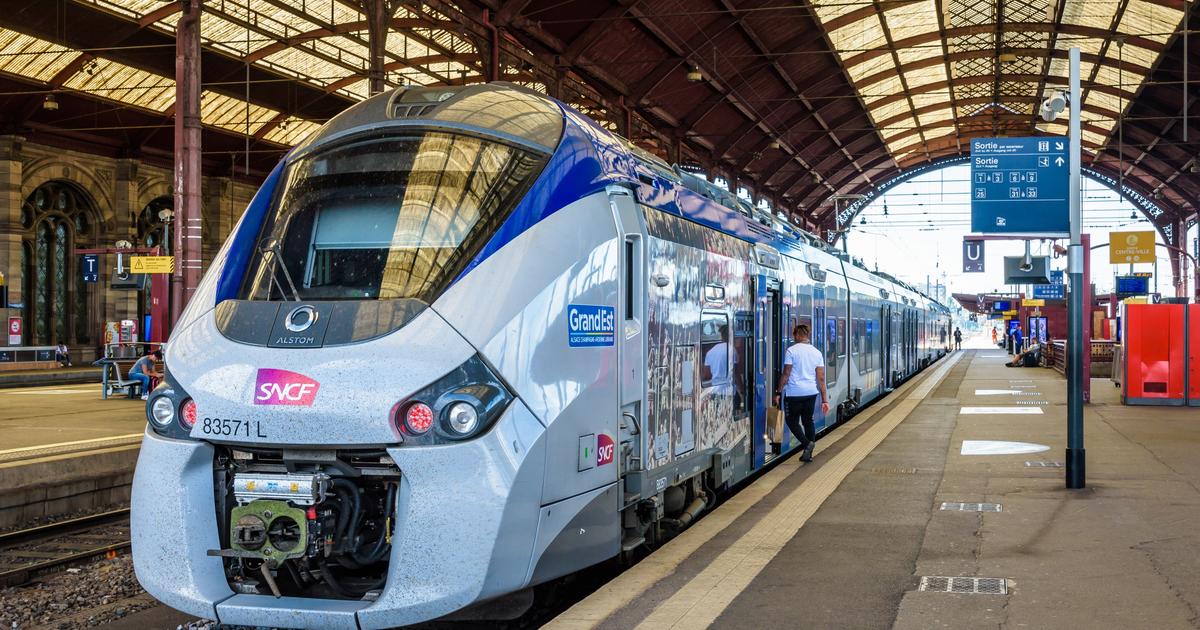In Shanghai, where due to its architecture and its shining lights the visitor hardly notices that sunset is coming, cash is no longer used. Neither do credit and debit cards: payments are made through a QR code. If someone searches for a particular product, a photo is taken and the Chinese e-commerce site will offer it to the second in all its variants and even with a price comparison.
In this city of almost 24 million people, it became fashionable to drink coffee. That, which seems like a minor change, became a trend that expanded to the other large Chinese cities – where tea was drunk all their lives – which made China the world's leading consumer of that drink and caused the emergence of the most varied and ultra-technological models of coffee makers.
These days, at the global innovation forum held in Beijing, the developments of artificial intelligence are striking, while the 100 unicorns (innovative companies that are valued at US $ 1,000 million) that exist in the country are highlighted. That number exceeds those in all of Latin America.
This is what even led to the creation of a special stock exchange so that these firms can be capitalized, as is the case with the Nasdaq that shelters technology companies in the U.S. Here, they call it Star Marquet or the market of the stars that already operates in Shanghai.
But the biggest indication is what happens with its space industry. They have already reached the dark side of the moon. And, this morning, many followed from their jobs the new adventure with the first three civilian astronauts who boarded the Shenzou XVI that transports them to the Tiangong space station; They will do spacewalks. They have set a goal of landing on the moon by 2030 in pursuit of the transfer of this cutting-edge technology to other strategic sectors.
Behind this move is the government-driven policy with the slogan of moving from the fact in China to the one created in China. This is the case with semiconductors and they are advancing rapidly in artificial intelligence.
Many foreign companies, from textile company Inditex, which owns Zara, to Volkswagen, are deploying their research and development centers in China. In the case of Volkswagen, it is explained because 40% of the cars sold in the Asian giant are European. In turn, companies such as Huawei placed their innovation center in Ireland, to learn from European cooperation. Some understand that the fight with the United States, which is a dispute in the technological race, made them put a greater emphasis on that path. It is curious because the Chinese ideogram that represents the US designates it as a beautiful country. They are even knotting unthinkable alliances like the one they have just sealed with Japan for semiconductors and state-of-the-art industrial equipment.
It draws attention, for example, what happens in social networks. The battle with Google resulted in Beijing replacing them with others. Meta's WhatsApp was changed to WeChat, with similar applications. The Chinese answer to Instagram is called Xiaohongshu. The Facebook-like site is Weibo, and Douyin is the version of Tik Tok. What for them was already assimilated for travelers becomes a nightmare: the internet connection via other operating systems.
With a per capita income of US $ 12,000 a year but that in Shanghai reaches US $ 20,000, one of the most striking cities in the world, has many technology professionals on its streets. They have made coffee fashionable and swarm small cafes. China is already the world's leading consumer without having displaced tea. Food prices are almost identical to Buenos Aires measured in blue dollar. And the problem for this sector that wants to create in China is, as in Argentina, the shortage of talent, despite the fact that its universities receive about one million engineers per year.
China (Special Envoy)
SN
See also



/cloudfront-eu-central-1.images.arcpublishing.com/prisa/FIJVMOBHZRWVDBKS3NAQ2M4JRE.jpg)

/cloudfront-eu-central-1.images.arcpublishing.com/prisa/GJCBMBH57MQHVYCI4ZPKB6IKRI.jpg)

/cloudfront-eu-central-1.images.arcpublishing.com/prisa/MOXXTLJT2Z6VEUX4YEOA3F4B2A.jpg)







